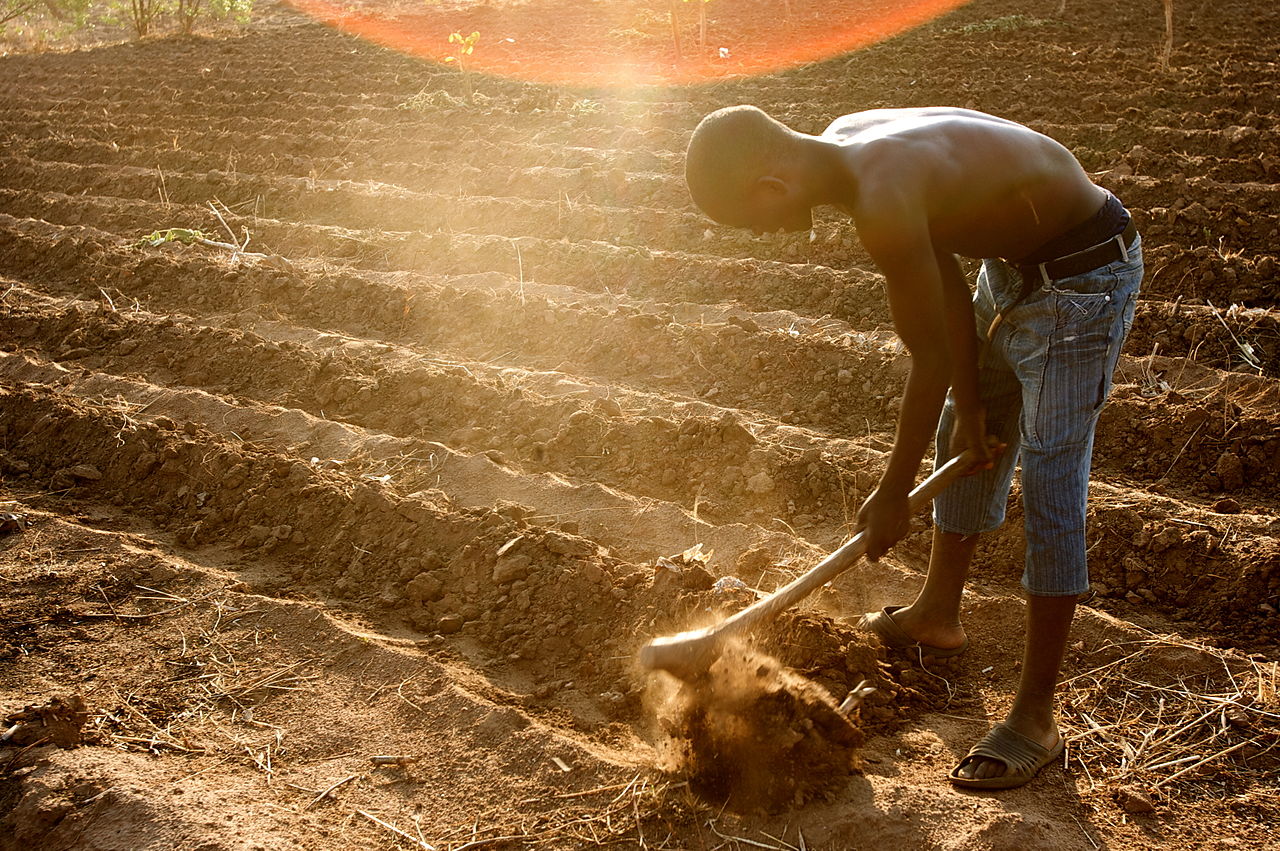Globally, desertification and the associated land degradation are currently threatening the livelihoods of 1 billion people in more than 100 countries. United Nations figures show that 12 million hectares of arable land are lost annually to drought and that the economic consequences of desertification and land degradation amount to an estimated $490 billion per year. The only way out of this trend is to turn the tide against it.
But what does this mean in practical terms?
It means investing in research and development, changing day-to-day action around the world through the training of farmers to employ more soil-friendly practices, and the provision of technical and financial support needed for the active restoration of vegetation cover with seedlings, cuttings and seeds that are adapted to the local conditions and to the effects of climate change.
A fundamental part of such action is to involve the people who depend most directly on forest and dryland resources for their basic needs. This is one of the principles behind the Action Against Desertification (AAD) programme to promote sustainable land management and restore drylands and degraded lands in Africa, the Caribbean and the Pacific.

